How does One D&D affect your favorite class? Here’s a list of the biggest changes to each class so far in the playtest
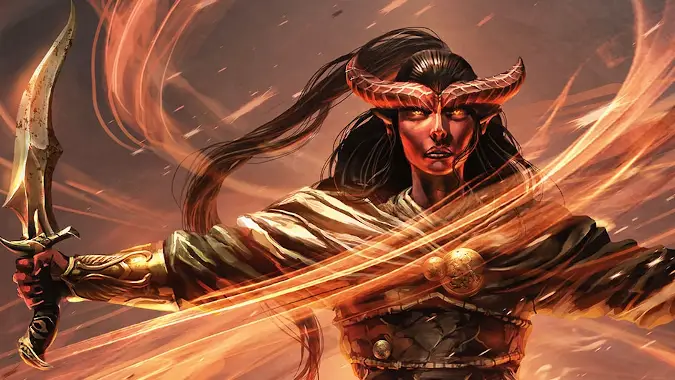
The monumental playtest of One D&D has made major changes to the game and almost every single one of its intended starting classes just ahead of the 50th Anniversary of Dungeons and Dragons. So with all these changes, how do you get a handle on how your favorite class is going to play? Well, we’re going to look at each class so far and focus on the biggest change to that class, to give you an idea of what to expect.
In order to understand the specific changes to all classes, here are a few general changes that will affect everyone.
- You will no longer chose a race when creating a character. At present, the One D&D playtest uses the term Species to delineate if you are an Orc, an Elf, or any of the many playable options therein. You get a variety of traits from your choice of species.
- Starting ability score bonuses no longer come from your species. Instead, your background will give you a +2 bonus in one ability and a +1 bonus in another.
- You can now mix and match options from two species to play a hybrid character. So if you’ve always wanted to play the daughter of a Goliath and a Gnome who fell in love, you can totally do that.
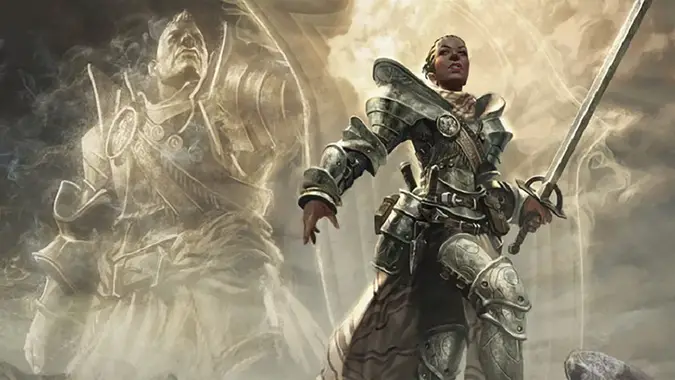
How does my favorite class change in One D&D?
We’re going to break this down by class, but there are some general notes to go through before that.
- Classes now break down into categories known as Class Groups.
- The Expert Class group includes Bards, Rangers, and Rogues. Artificers will also be considered as an Expert class, but there hasn’t been a One D&D write up for Artificers yet.
- The Mages Class group has Sorcerers, Warlocks and Wizards.
- Clerics, Druids and Paladins make up the Priest Class group.
- Warrior Class group holds the Barbarian, the Monk and the Fighter.
- Class groups do not have rules of their own, but there will be specific feats and other abilities that are tied to or use the Class group as a prerequisite. This means that you may have to be a member of the Expert Class group to gain access to specific feats, for example.
- All classes get their subclass at level 3 — yes, even you, Clerics — and all of the original level 20 capstone abilities for each class are now awarded at level 18, with the new Epic Boon category of feats becoming available at level 20. Epic Boons are basically just more powerful feats, but they also open the potential of getting more feats after you hit level 20, making it possible to play a long running D&D campaign at level 20 and still advance in power.
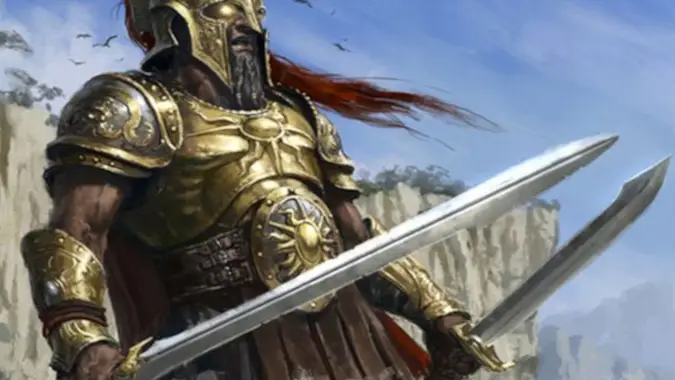
Artificer
There hasn’t been a One D&D entry for the Artificer yet.
Barbarians
The biggest change here is to the Rage mechanic. Rage no longer extends when you take damage — you now have three ways to extend your Rage in a round. You can make an Attack action, you can force another character to make a Saving Throw, or you can expend you Bonus Action to extend your rage. That’s it, those are your options. Rage can now last for up to 10 minutes in combat, but it is canceled by any attack that Incapacitates you.
Bards
While there are quite a few contenders to biggest change here — the Songs of Restoration work differently than the Songs of Rest did, Bards get Expertise at level 2 but push Jack of All Trades down to level 5 — I would argue that the changes to Inspiration might well be the biggest changes to Bards in One D&D so far. You can now use Inspiration die to aid any creature that you can see or hear within 60 feet of you. You can use this on any failed D20 Test (think Saving Throws, but it would also include a Grapple check or them using a skill like Persuasion) adding your Inspiration die to their roll. Or you can use it when they take damage, rolling your Inspiration die and adding it to their health.
Cleric
I’d argue that the expanded Channel Divinity is the biggest change. You can now use Channel Divinity in two ways — you can use it to Turn Undead, forcing Undead to make Wisdom saves or run away in terror or stand around dazed, or you can use it on Divine Spark. Divine Spark makes you select a target within 30 feet and roll as many d8s as your Proficiency Bonus. If you choose a friendly target, they get healed for the result of the roll (so between 2 and 16 at level 1) and if you use it as an attack, the target makes a Con save and takes that much Radiant damage on a fail, or half as much on a success.
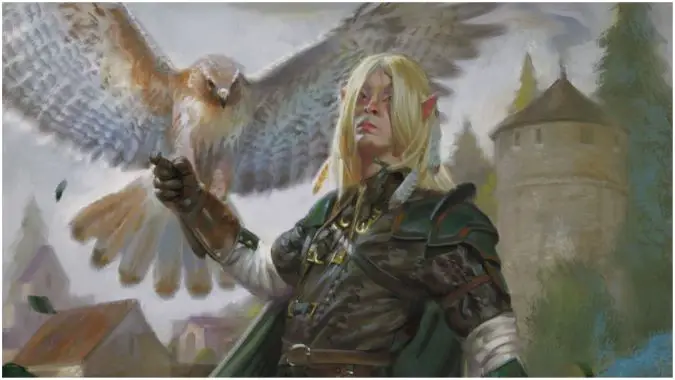
Druid
Wild Shape is now part of the Druid’s new Channel Nature ability, which means that if you currently have an ability that uses Wild Shape like a Spore Druid or a Circle of Wildfire Druid, it’ll now just use your Channel Nature ability. Wild Shape itself is significantly different, and frankly, a lot less interesting as of the most current One D&D playtest. You now have three forms you can choose with Wild Shape — Animal of the Land, Animal of the Sea, and Animal of the Sky. You can describe these animals any way you want — your Animal of the Land might be an Elk, a Lion, or a Giraffe — but it uses the same stat block as any other form you adopt of that category.
Fighter
There’s a lot here as well, but ultimately, the biggest change is Action Surge. At present, Action Surge is a very powerful ability that lets you gain another action on your turn. It makes a 2 level dip into Fighter an incredibly appealing multiclass option for spellcasters because it will allow them to cast a second spell in a round — so if you Fireball an enemy but don’t quite kill it? Just use Action Surge and cast another Fireball at it. That’s out in One D&D — Action Surge only allows you to literally Attack (with a weapon like a bow or a sword), Dash, Disengage or Dodge. No more Wizards dipping 2 into Fighter for plate armor and Action Surge, I suppose.
Monk
We have not yet seen a write up for the Monk in One D&D.
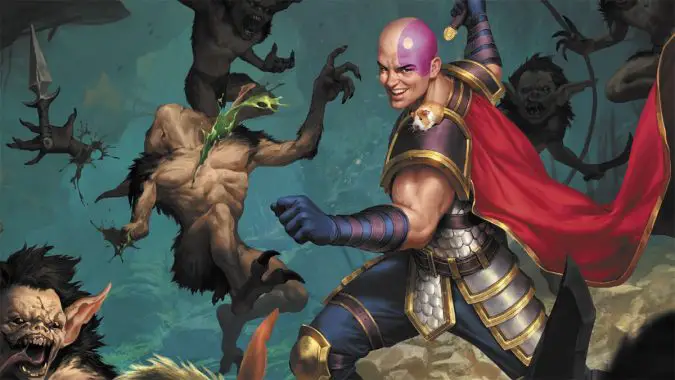
Paladin
Paladins have two changes that kind of go together and which I think constitute one big change — they gain Spellcasting at level 1 (although they’re still considered a half caster, with less spell slots and 5th level spells as their cap) and they gain Channel Divinity at level 3. The only baseline use for Channel Divinity is Divine Sense, but subclasses get other expanded uses of it.
Ranger
Favored Enemy is completely redesigned and I would argue actually good now. Instead of whatever cobbled together version you were using, be it the original 5e Player’s Handbook or the superior Tasha’s Cauldron of Everything variant, this one is better. Now, you always have Hunter’s Mark prepared, it doesn’t count against the number of spells you can have prepared, and you don’t have to Concentrate on the spell once you’ve cast it. It just lasts the full duration or until you end it as a bonus action. Essentially it’s free extra damage that you can cast, forget about, and switch to another target if the thing you were hitting dies.
Rogue
Almost nothing has changed, aside from a few abilities moving up or down in terms of when you get them. The biggest real change seems to be that Blindsense is no longer a Rogue ability. It has been replaced by Subtle Strikes, which allows Advantage against any enemy that is within five feet of any of your allies as long as said ally is not Incapacitated. Otherwise, the Rogue is fundamentally unchanged.
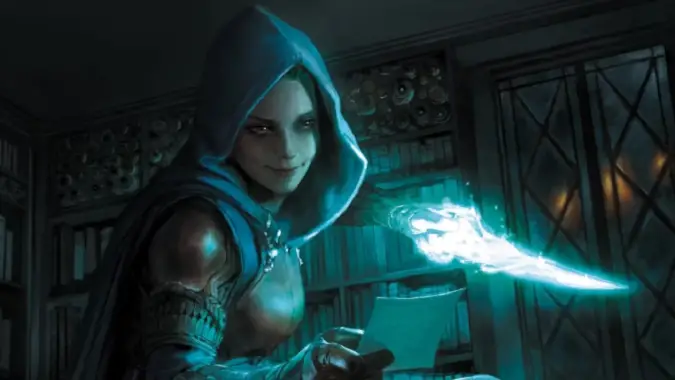
Sorcerers
You get more spells. You’ll end up with 22 spells instead of 15 at max level. This is not the same as being able to cast more spells — your spell slots remain the same — but you’ll just plain know more spells. And you get two free Sorcerer only spells at level 1 that don’t count in this total: Sorcerous Burst and Chaos Bolt. They’re not going to make or break you, but they’re nice to have and they’re always prepared without counting towards you prepared spells total.
Warlock
There are a ton of changes here, but for me the most impactful change is the removal of Pact Magic, and the change to Spellcasting at level 1. You still end up with fewer spells, and of a lower level, than a Sorcerer or Wizard, but you still get more spell slots than Warlocks on live, with 15 spell slots at level 20 and up to 15 spells prepared at that level. However, since Pact Magic is gone, you instead get Hex Master at level 18 instead of level 20’s Eldritch Master, but that allows you to cast Hex without expending a spell slot and that’s pretty nice.
Wizards
Wizards are just more focused on being Wizards, honestly. The biggest change is a more concentrated focus on the Spellbook — you can use it as a Spellcasting Focus now. This means you can use your Spellbook to meet the Material Component requirement of spells. Various magical features of the class are intertwined with the use of your Spellbook like Modify Spell and Create Spell. Plus, now you can pretty much decide how your Spellbook looks to others — it can be a book, or a collection of scrolls, or even a weird old skull with spells carved into it.
There are more changes to each class than these, but we feel these are the biggest ones — or, in the case of Rogues, almost the only one. These changes alter how the class feels and plays or affects their effectiveness, making them fresh experiences for the next edition of D&D. Of course, since One D&D is a playtest, these could always be changed down the road.
Please consider supporting our Patreon!
Join the Discussion
Blizzard Watch is a safe space for all readers. By leaving comments on this site you agree to follow our commenting and community guidelines.
 @MatthewWRossi
@MatthewWRossi



